Do you know what the difference is between CPVC and PVC?
Chlorinated polyvinyl chloride (CPVC) is an important engineering thermoplastic because of its.
Conceptually, CPVC is a homopolymer of PVC that has undergone a chlorination reaction. Typically, chlorine and PVC react according to a basic free-radical mechanism, which can be accomplished by a variety of methods using heat and UV energy.
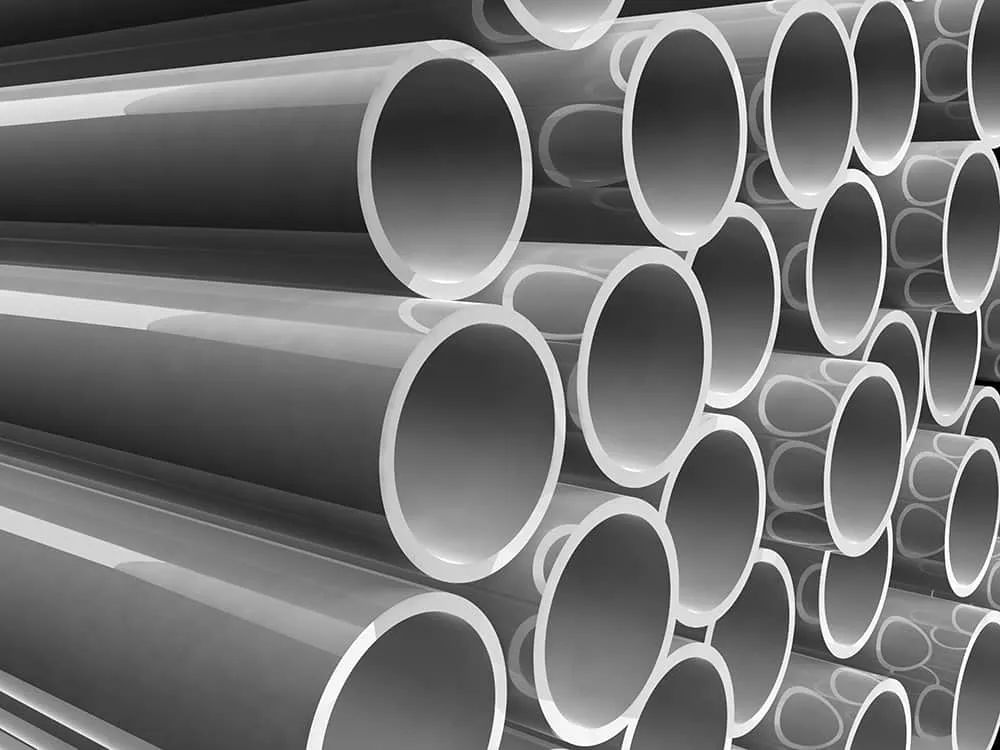
In PVC, a chlorine atom occupies 25% of the bonding sites on the carbon backbone, with the rest filled with hydrogen.
CPVC differs from PVC in that about 40% of the bonding sites on the backbone are filled by chlorine atoms. the chlorine atoms around the carbon skeleton of CPVC are large atoms that protect the chain from attack.
In effect, CPVC is PVC that has been subjected to further free-radical chlorination, in which elemental chlorine atoms are continually added to the polymer resin until it is 57 to 69 percent chlorine by mass. This further chlorination changes the classification of the resulting plastic material from PVC to CPVC, thereby changing the characteristic properties, operating range and acceptable application scenarios for CPVC.
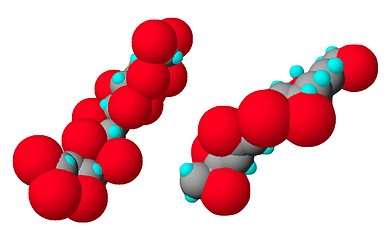
Comparison of CPVC molecules with PVC molecules
Comparison chart of CPVC (left) and PVC (right) at the molecular level. Red spheres represent elemental chlorine
As the chlorine content of CPVC increases, the glass transition temperature (Tg) – the temperature region where a polymer transitions from a hard, glassy material to a soft, rubbery one – increases dramatically.
It is the additional chlorine molecules that protect the polymer’s carbon skeleton, which in turn protects its structural integrity from the effects of heat. This increased heat resistance allows CPVC to perform at higher operating pressures.
CPVC resins are then infused with additives to enhance many of the inherent properties of CPVC resins while improving their processability.
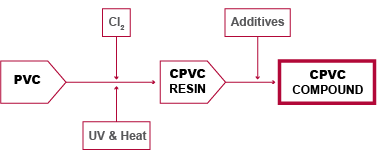
It is this process that really begins to set CPVC apart from other thermoplastics and metallic piping systems and allows it to withstand the harsh environments of industrial plants.
However, CPVC tends to have extremely high melt pressures and viscosities, which means that more efficient lubricants are required to ensure stable processing of CPVC.
RALLYCHEM has extensive experience with CPVC and offers a one-stop solution.
CPVC is inherently inert to acids, bases, salts and aliphatic hydrocarbons, all of which attack the metal. It is this inherent chemical resistance, coupled with its resistance to temperature and pressure, that allows it to be used in a variety of industrial and commercial applications.
CPVC is a flexible and versatile compound that can be manufactured or fabricated into a wide range of product forms or geometries using standard molding techniques, primarily extrusion and injection molding.
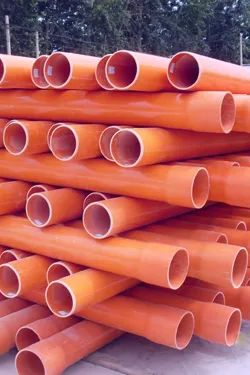
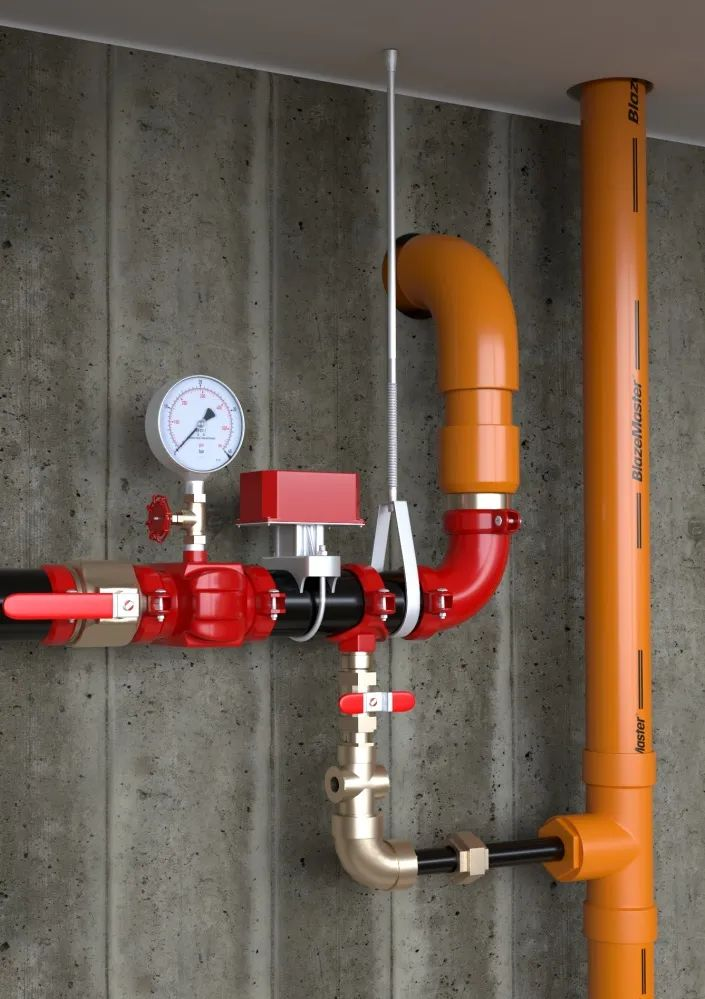
The fundamental physical properties of CPVC make it a commonly specified choice for applications ranging from chemical processing plants and mineral processing plants to residential and hospitality plumbing.CPVC is a problem-free, long-lasting solution for the harshest industrial environments and is frequently specified for the following industries:.
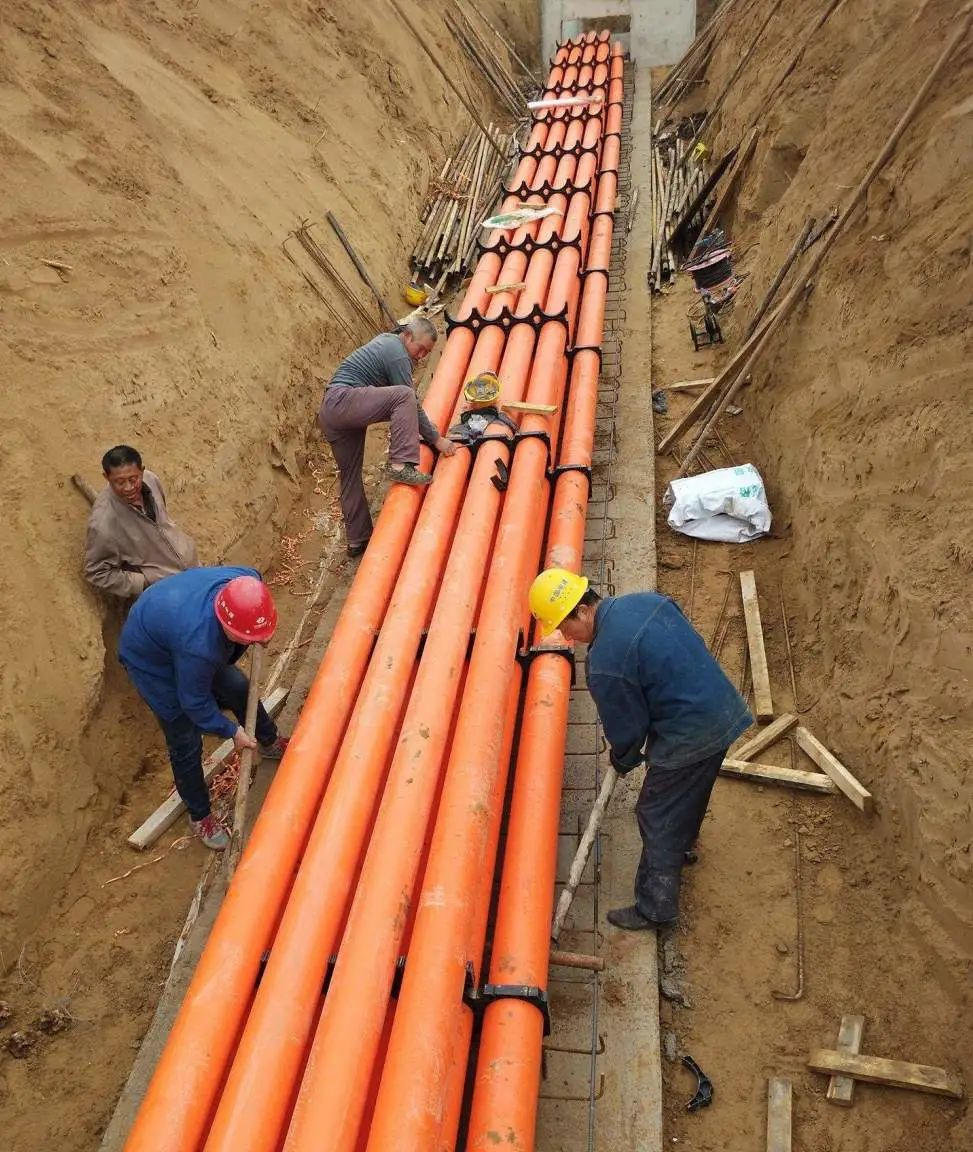
CPVC installation connection methods will depend on the product type, but in general, CPVC offers the following installation advantages.
There are a variety of seam welding options designed to effectively seal components together while maintaining the structural integrity of the material. Recommended installation methods will vary by product type:.
ご興味があるかもしれません
Rallychem Showcased at the 34th Plast Eurasia Istanbul, Co‑creating a Greener Future with the World
2025 / 12 / 08
Why Your Coatings Perform Better with Polyethylene Wax Additives?
2025 / 11 / 19
Why Polyethylene Wax Is the Key to High Performance Printing Inks
2025 / 11 / 18
[Exhibition Invitation] RALLYCHEM · Sincerely Invites You to Attend CHINACOAT 2025
2025 / 11 / 14
[Exhibition Invitation] Countdown to Plastics & Rubber Indonesia 2025 – RALLYCHEM Looks Forward to Meeting You
2025 / 11 / 07